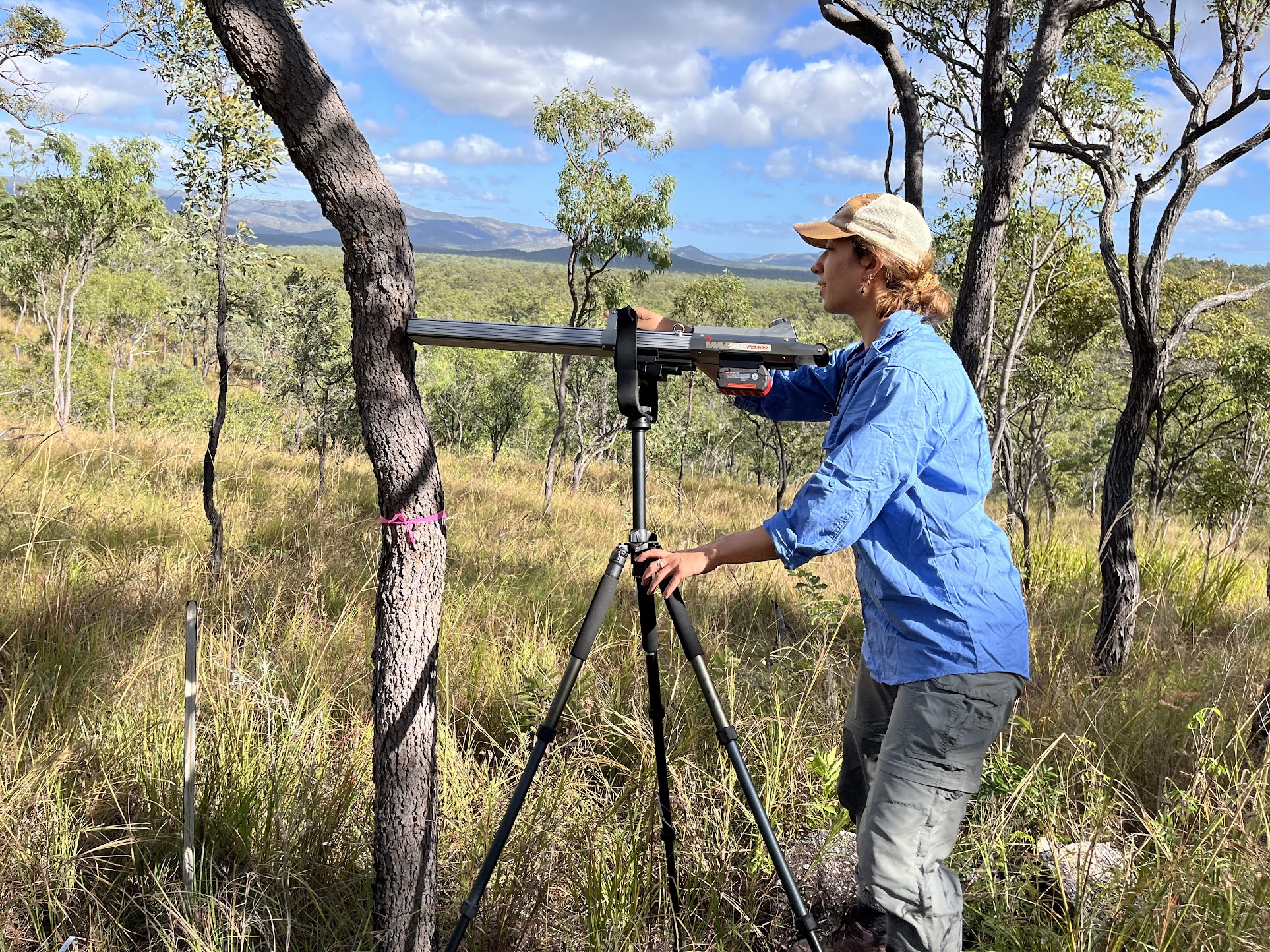Stem damage in the savanna
Written on June 15th, 2022 by Abbey Yatsko
Did you know that termites can hollow out trees? Trees are a figurative conglomerate of pipes comprised of sapwood, transporter of nutrients and water, as well as heartwood, a functionally dead tissue made up of carbon compounds such as cellulose and lignin. Heartwood takes up the bulk of tree biomass, storing lots of carbon in the process. termites, along with other microbial decomposers, are known to break down this heartwood as breakfast, lunch and dinner. Alas the tree still survives and grows, relying on sapwood for nutrient and water transport.
One key takeaway from the recent COP26 meeting was that forests are crucial ‘living carbon’ stores and represent a hopeful means for mitigating climate change. We calculate this carbon storage by modeling trees as cylindrical or tapering conical structures. these ‘allometric models’ are critical in estimating current levels of living carbon in forests. Yet, they are propped up by many assumptions, and fail to incorporate heartwood hollowing and decay. Consequently, our current forest carbon models may overrepresent the carbon storage value of forests worldwide.
In the Far North Queensland savannahs I am studying how heartwood decay varies at different heights along a tree stem in order to capture the errors made in classical forest allometric models. With this project I hope to offer up a more accurate depiction of how trees in the dry tropics store carbon. If we are going into the future relying on nature (via forests) to help reconcile vast human carbon pollution, we need to make sure we are capturing the mechanisms of carbon storage correctly.
As a tangential albeit relevant side note, it is wise to take caution when interpreting takeaways from global climate talks, as they often present themselves in flashy ways but stagnate quickly. Our underlying problems are not with nature itself, rather our human interactions with nature. We can rely on natural systems to etch a path to a future of intact biodiversity and pseudo equilibrium, but we cannot employ nature to hold our problem and fix it without humanity taking reflective steps of our own.

